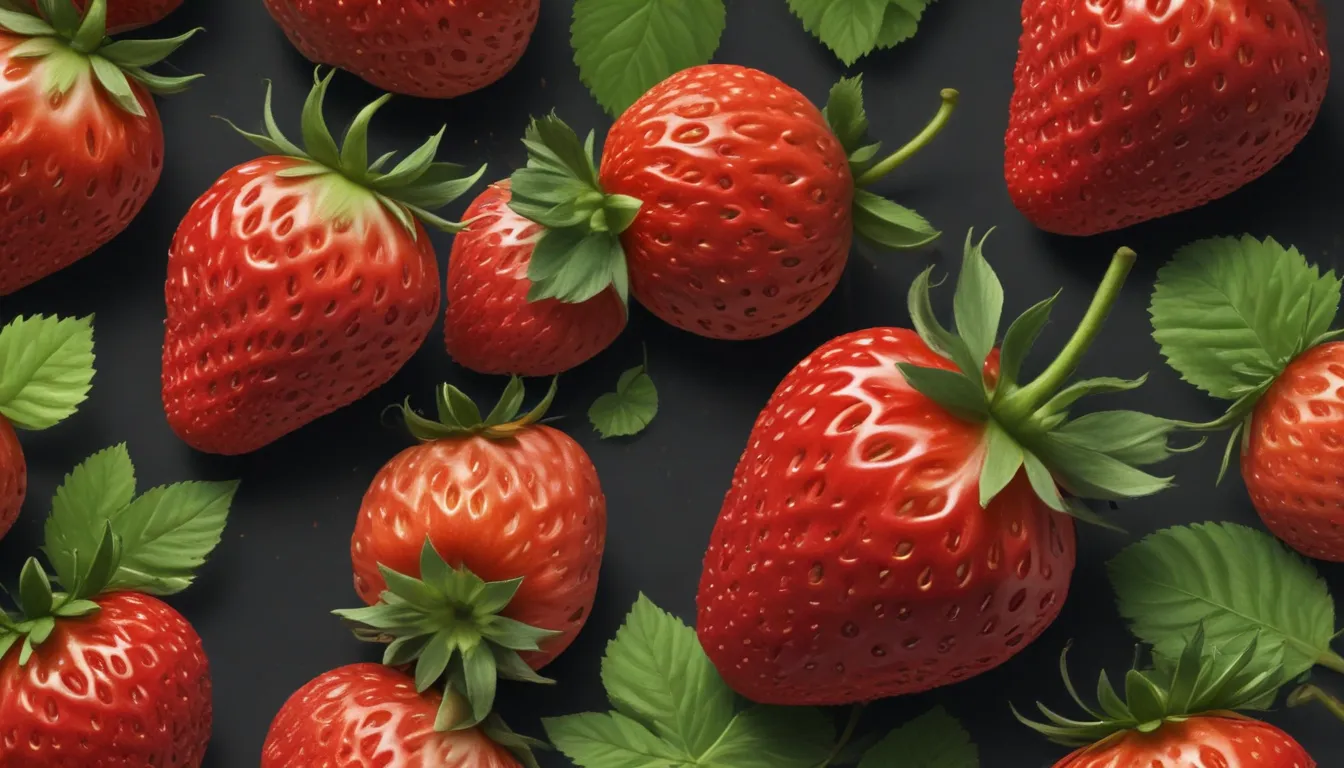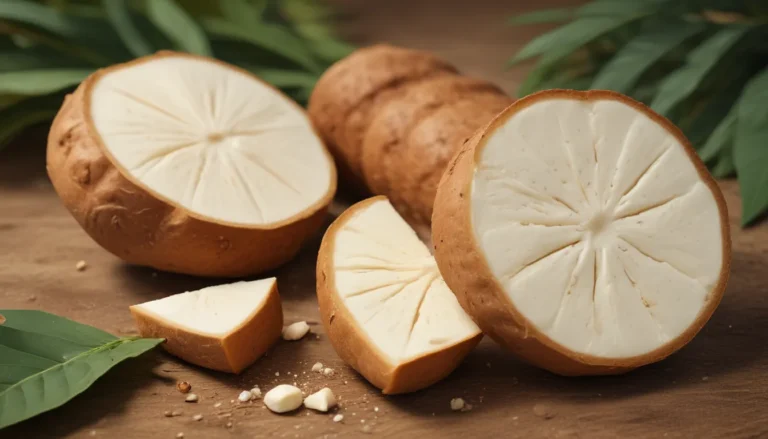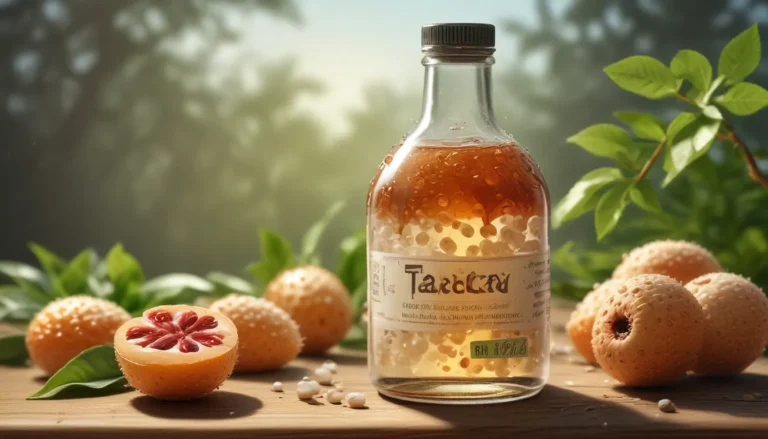The pictures in our articles might not always show exactly what the text is talking about. We use these images to make the article more interesting and eye-catching. They are there to add to the text, but not to replace it or show every detail.
Strawberries, the red and juicy heart-shaped fruits that we all love, are not just a tasty treat. They are versatile ingredients that can be used in a variety of recipes, from strawberry cakes to strawberry milkshakes. With over 100 different species and subspecies of strawberries cultivated worldwide, these fruits offer a unique blend of flavor and nutrition.
Quick Facts
1. Garden strawberries were first bred in Brittany, France in the 1750s.
2. There are approximately 103 different species and subspecies of strawberries.
3. China produces the most strawberries in the world.
4. An acre of land can produce around 50 thousand pounds of strawberries.
5. The American state of California accounts for 75% of strawberry crops in the United States.
Essential Facts
Strawberries are classified as an aggregate accessory fruit, not a traditional berry. Each seed found on the strawberry is one of the ovaries of the flower. They are packed with Vitamin C and manganese, making them a nutritious choice. Strawberries are typically low in calories and fat content, making them a guilt-free snack option.
Interesting Facts
- Artificial strawberry flavoring often does not use actual strawberries in its ingredients.
- Strawberries are one of the first fruits to ripen during the spring.
- During medieval times, serving strawberries at ceremonies was believed to promote peace.
The Health Benefits of Strawberries
Strawberries are rich in antioxidants and offer numerous health benefits. Apart from antioxidants, they contain plant compounds that promote heart health and blood sugar control. Strawberries are also a great source of Vitamin C, containing more vitamin C than oranges.
Regular consumption of strawberries can boost oxytocin levels, enhancing arousal and sexual desire due to their aphrodisiac properties. However, allergic reactions to strawberries are fairly common among children and can range from mild skin irritations to severe anaphylaxis.
Fun Strawberry Facts
- A strawberry flower typically has 5-7 petals.
- Eating too many strawberries can cause gas and diarrhea.
- The red color of strawberries is due to anthocyanins found in plant cells.
Strawberries can be grown from seeds, and planting them can benefit the domestic environment. Specialty-colored strawberries, such as yellow, white, black, and purple, offer a unique twist on the traditional red fruit.
How Strawberries Are Cultivated
Strawberries thrive in temperatures between 55 to 78 degrees, making them ideal for cultivation in various climates. The United States leads the world in strawberry production, with California producing 75% of the country's crops.
The perfect soil conditions, adequate sunlight exposure, and careful monitoring of plant health are essential for successful strawberry cultivation. Proper harvesting and storage techniques can prolong the shelf life of strawberries and maintain their freshness. In today's market, strawberries are consumed fresh or used in various culinary creations, from sweet desserts to savory salads.
In Conclusion
Strawberries are more than just delicious fruits; they are a versatile ingredient with a rich history and numerous health benefits. By exploring the fascinating world of strawberries, you can discover new ways to enjoy and appreciate these red gems of nature. Whether you consume them raw, blend them into smoothies, or incorporate them into your favorite recipes, strawberries are a delightful addition to any diet. Embrace the sweetness and goodness of strawberries on your journey to a healthier and happier lifestyle.






